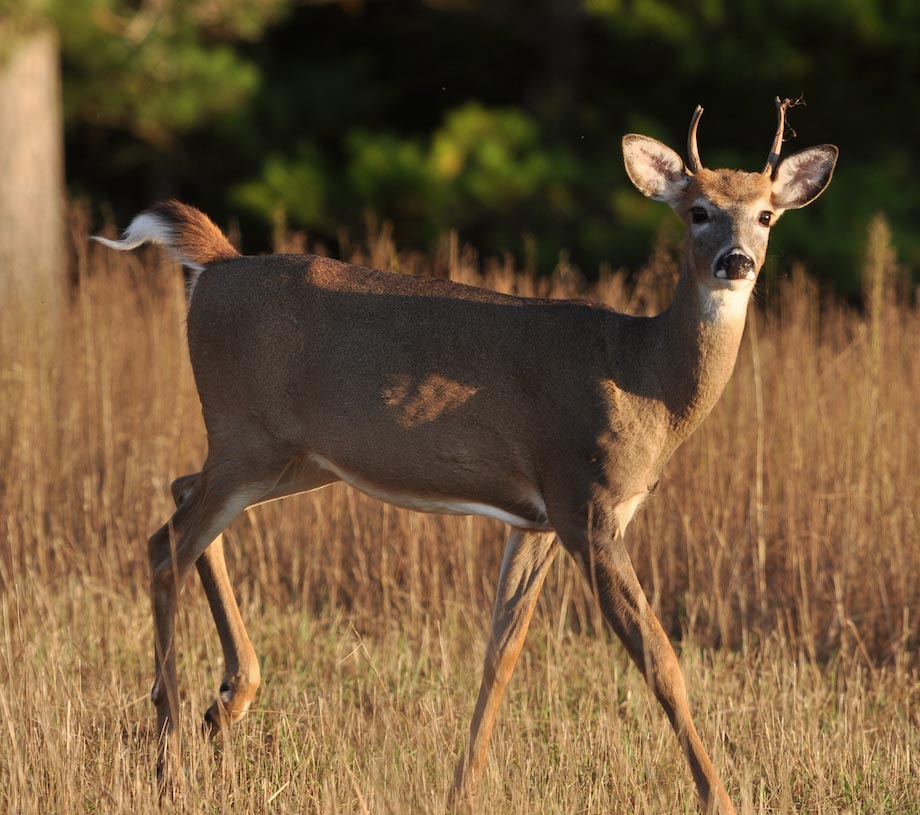

The big question biologists often receive is if older spike-on-one-side bucks should be harvested and removed from the breeding population. While the answer to this question can be complex, it often depends on the land manager’s goals and whether he or she is satisfied with the look of the one good antler the spike-on-one-side buck has. In essence, injury-induced antlers are not transferred genetically. Letting young bucks grow is the solution for these younger deer, especially if larger racked deer are desired. Many young spike bucks can and will mature into large racked, and even trophy, deer if given enough time and with the proper nutrition. They may have spikes on both sides or a spike on one and forked antler on the other. For the most part, they simply haven’t reached their maturity potential yet. It’s important to mention that yearling bucks (those that are 1.5 years old) may have a spike-on-one-side look. Thus a right hind leg injury, even one that fully heals, can reduce the antler development on the left side. Strangely, injuries to a hind leg usually affect the antler development on the other side of the body. Head injuries can be quite common and are largely a result of combative sparring. Injuries while in velvet can also lead to weird antler forms, including the much-reduced spike-on-on-side look. Even old gunshot wounds can have an effect on one antler. In general, many spike-on-one-side bucks, especially those older than 2.5 years in age, have experienced some type of injury that affected the growth and look of one antler. This can be some type of skeletal injury, like an injury to a hind leg, a cranial injury to the skull or pedicle (frontal bone), or an injury directly to the antler while in velvet.

A “spike-on-one-side” buck is a term that refers to those bucks, especially older deer, which have “normal” antler growth on one side and a spike or other much reduced antler-look on the other. Oftentimes, the “normal” antler has 4, 5 or even more points. Generally, the other antler would look very similar, but something went wrong at some point resulting in the odd look. While many things can cause a large buck to grow weird antlers, injuries are a common cause.


 0 kommentar(er)
0 kommentar(er)
